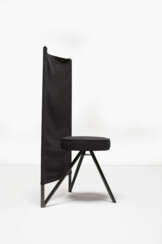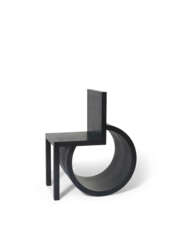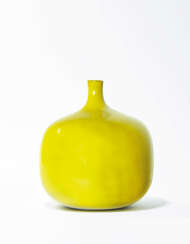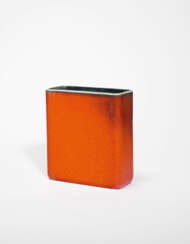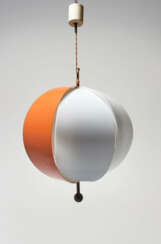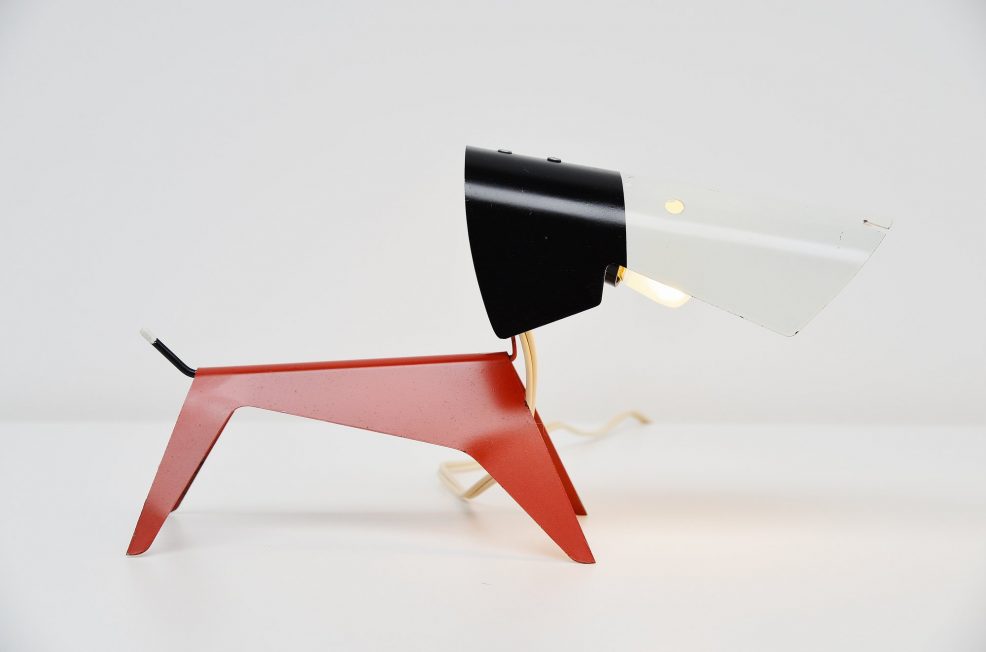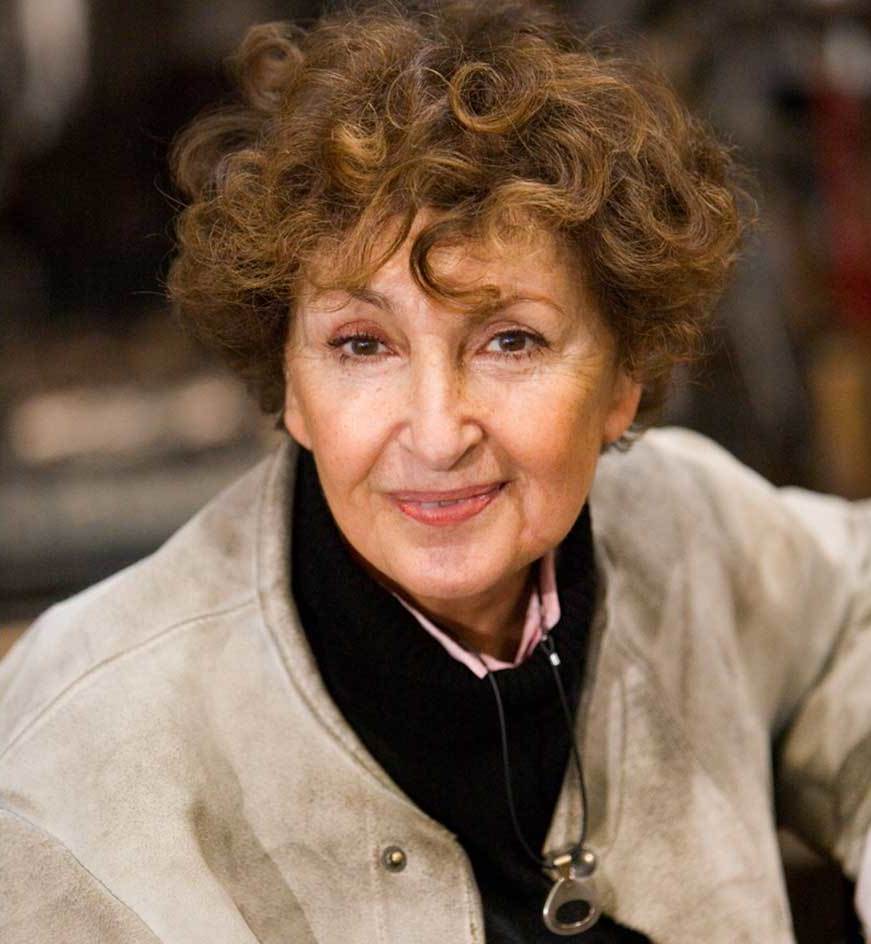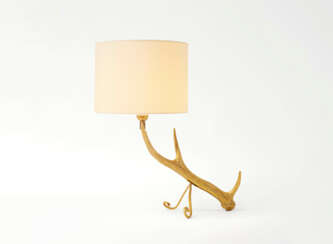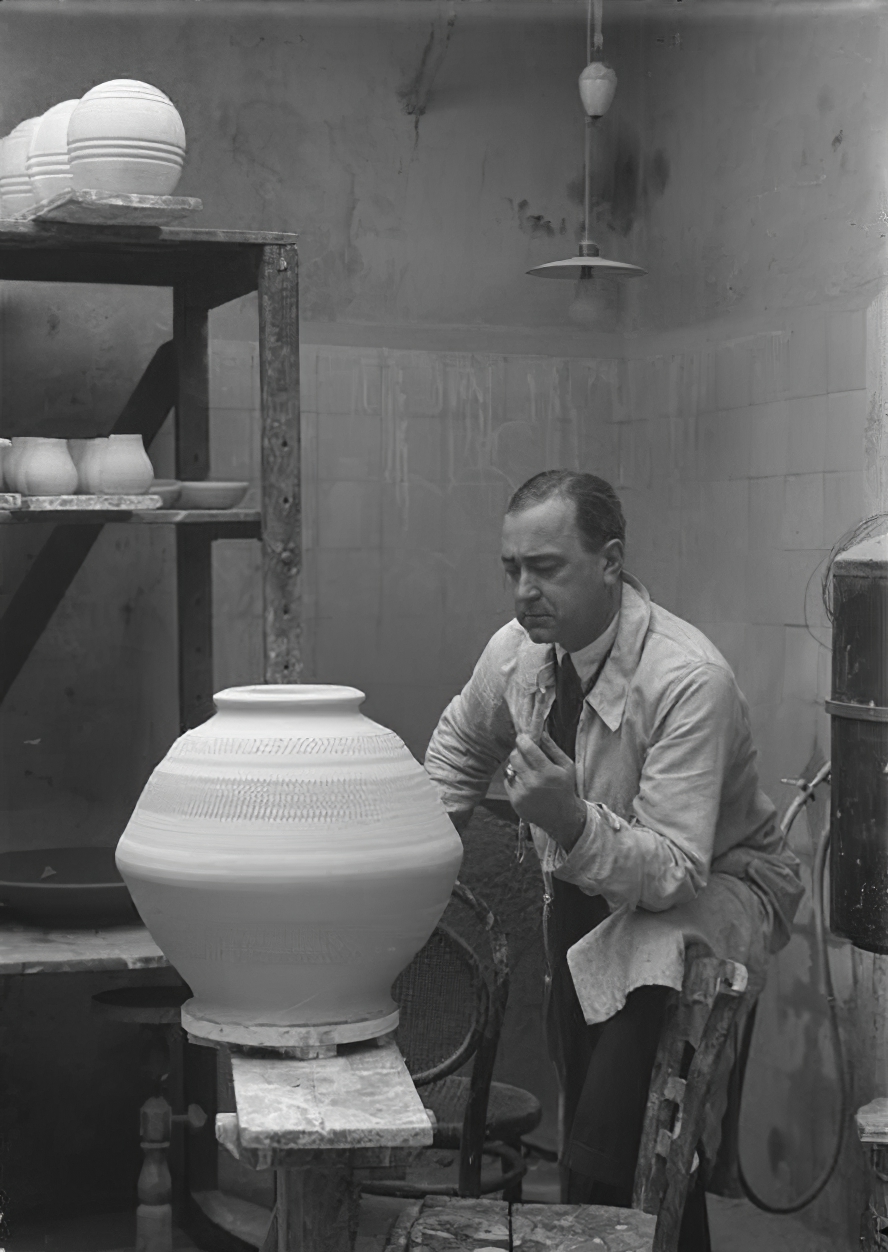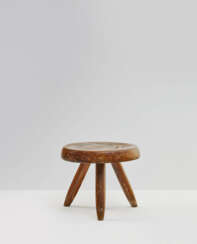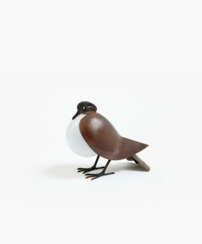
Furniture and Lamps — Design
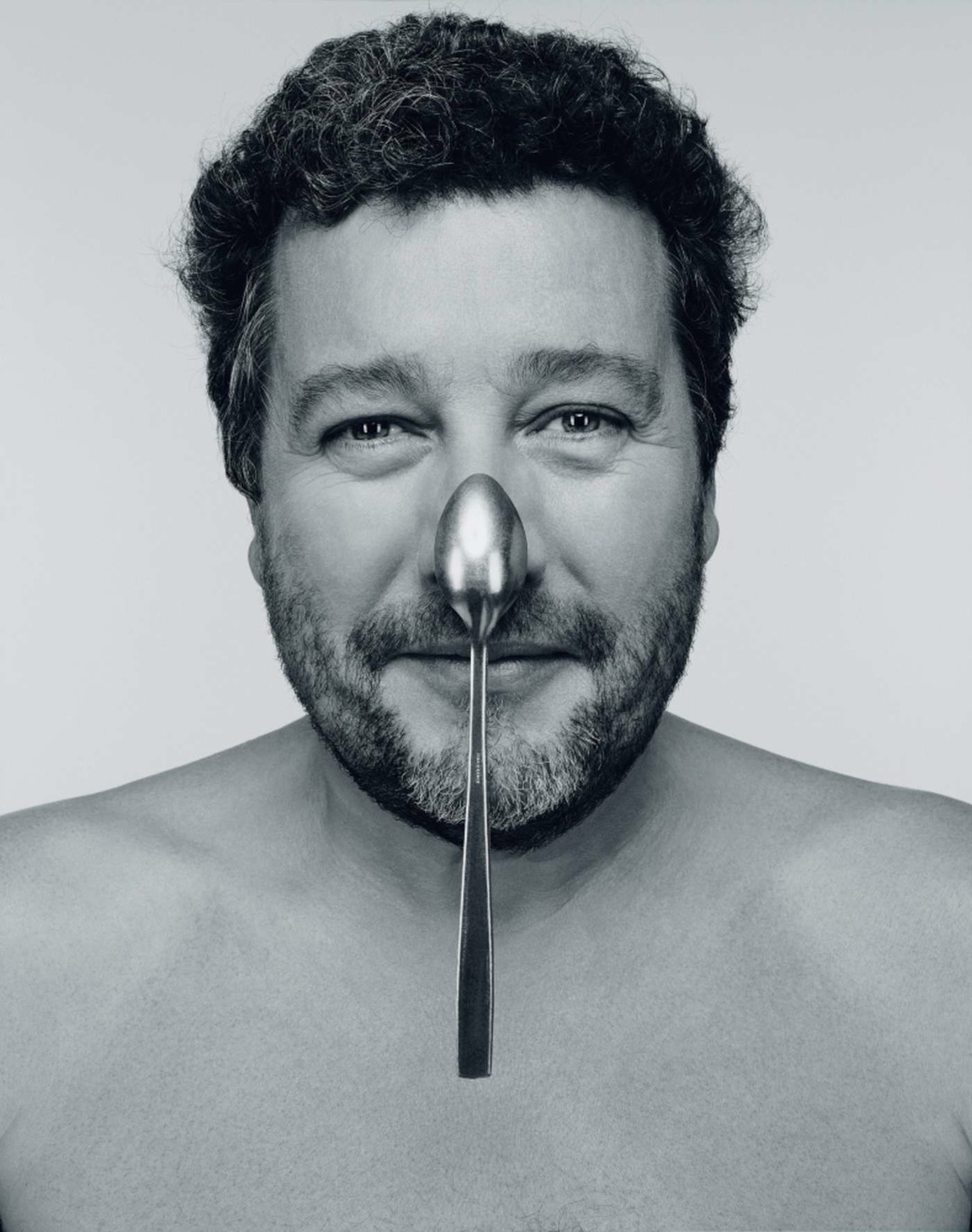
Phillippe Starck is a French designer of interior and mass-produced consumer products.
Starck was educated at the École Nissim de Camondo in Paris, worked for Adidas before founding his first industrial design company, Starck Product, which he later renamed Ubik and went international. He worked with manufacturers in Italy including Driade, Alessi, Kartell, Dimmer in Austria, Vitra in Switzerland and Disform in Spain. He became known for a wide range of his designs, including interior design, architecture, home furnishings, furniture, boats and other vehicles.
Starck has designed residences, hotels, restaurants and other buildings in Tokyo, in Paris, in New York, in Mexico City and other world cities. He has designed the Xiaomi smartphone, the DIAL GPS tracking bracelet, and other technologies. In 2018, Stark collaborated with Axiom Space to design the interior of the International Space Station's habitation module, and a year later, he presented a chair design created with artificial intelligence.
Based on his principles of "democratic design," Starck focused specifically on creating designs for mass-market products rather than unique units. It is impossible to list all the products on which the tireless worker Phillippe Starck has worked and continues to work, the main goal of which is to improve the lives of as many people as possible, as far as possible.

Phillippe Starck is a French designer of interior and mass-produced consumer products.
Starck was educated at the École Nissim de Camondo in Paris, worked for Adidas before founding his first industrial design company, Starck Product, which he later renamed Ubik and went international. He worked with manufacturers in Italy including Driade, Alessi, Kartell, Dimmer in Austria, Vitra in Switzerland and Disform in Spain. He became known for a wide range of his designs, including interior design, architecture, home furnishings, furniture, boats and other vehicles.
Starck has designed residences, hotels, restaurants and other buildings in Tokyo, in Paris, in New York, in Mexico City and other world cities. He has designed the Xiaomi smartphone, the DIAL GPS tracking bracelet, and other technologies. In 2018, Stark collaborated with Axiom Space to design the interior of the International Space Station's habitation module, and a year later, he presented a chair design created with artificial intelligence.
Based on his principles of "democratic design," Starck focused specifically on creating designs for mass-market products rather than unique units. It is impossible to list all the products on which the tireless worker Phillippe Starck has worked and continues to work, the main goal of which is to improve the lives of as many people as possible, as far as possible.

Phillippe Starck is a French designer of interior and mass-produced consumer products.
Starck was educated at the École Nissim de Camondo in Paris, worked for Adidas before founding his first industrial design company, Starck Product, which he later renamed Ubik and went international. He worked with manufacturers in Italy including Driade, Alessi, Kartell, Dimmer in Austria, Vitra in Switzerland and Disform in Spain. He became known for a wide range of his designs, including interior design, architecture, home furnishings, furniture, boats and other vehicles.
Starck has designed residences, hotels, restaurants and other buildings in Tokyo, in Paris, in New York, in Mexico City and other world cities. He has designed the Xiaomi smartphone, the DIAL GPS tracking bracelet, and other technologies. In 2018, Stark collaborated with Axiom Space to design the interior of the International Space Station's habitation module, and a year later, he presented a chair design created with artificial intelligence.
Based on his principles of "democratic design," Starck focused specifically on creating designs for mass-market products rather than unique units. It is impossible to list all the products on which the tireless worker Phillippe Starck has worked and continues to work, the main goal of which is to improve the lives of as many people as possible, as far as possible.

Phillippe Starck is a French designer of interior and mass-produced consumer products.
Starck was educated at the École Nissim de Camondo in Paris, worked for Adidas before founding his first industrial design company, Starck Product, which he later renamed Ubik and went international. He worked with manufacturers in Italy including Driade, Alessi, Kartell, Dimmer in Austria, Vitra in Switzerland and Disform in Spain. He became known for a wide range of his designs, including interior design, architecture, home furnishings, furniture, boats and other vehicles.
Starck has designed residences, hotels, restaurants and other buildings in Tokyo, in Paris, in New York, in Mexico City and other world cities. He has designed the Xiaomi smartphone, the DIAL GPS tracking bracelet, and other technologies. In 2018, Stark collaborated with Axiom Space to design the interior of the International Space Station's habitation module, and a year later, he presented a chair design created with artificial intelligence.
Based on his principles of "democratic design," Starck focused specifically on creating designs for mass-market products rather than unique units. It is impossible to list all the products on which the tireless worker Phillippe Starck has worked and continues to work, the main goal of which is to improve the lives of as many people as possible, as far as possible.

Phillippe Starck is a French designer of interior and mass-produced consumer products.
Starck was educated at the École Nissim de Camondo in Paris, worked for Adidas before founding his first industrial design company, Starck Product, which he later renamed Ubik and went international. He worked with manufacturers in Italy including Driade, Alessi, Kartell, Dimmer in Austria, Vitra in Switzerland and Disform in Spain. He became known for a wide range of his designs, including interior design, architecture, home furnishings, furniture, boats and other vehicles.
Starck has designed residences, hotels, restaurants and other buildings in Tokyo, in Paris, in New York, in Mexico City and other world cities. He has designed the Xiaomi smartphone, the DIAL GPS tracking bracelet, and other technologies. In 2018, Stark collaborated with Axiom Space to design the interior of the International Space Station's habitation module, and a year later, he presented a chair design created with artificial intelligence.
Based on his principles of "democratic design," Starck focused specifically on creating designs for mass-market products rather than unique units. It is impossible to list all the products on which the tireless worker Phillippe Starck has worked and continues to work, the main goal of which is to improve the lives of as many people as possible, as far as possible.

Phillippe Starck is a French designer of interior and mass-produced consumer products.
Starck was educated at the École Nissim de Camondo in Paris, worked for Adidas before founding his first industrial design company, Starck Product, which he later renamed Ubik and went international. He worked with manufacturers in Italy including Driade, Alessi, Kartell, Dimmer in Austria, Vitra in Switzerland and Disform in Spain. He became known for a wide range of his designs, including interior design, architecture, home furnishings, furniture, boats and other vehicles.
Starck has designed residences, hotels, restaurants and other buildings in Tokyo, in Paris, in New York, in Mexico City and other world cities. He has designed the Xiaomi smartphone, the DIAL GPS tracking bracelet, and other technologies. In 2018, Stark collaborated with Axiom Space to design the interior of the International Space Station's habitation module, and a year later, he presented a chair design created with artificial intelligence.
Based on his principles of "democratic design," Starck focused specifically on creating designs for mass-market products rather than unique units. It is impossible to list all the products on which the tireless worker Phillippe Starck has worked and continues to work, the main goal of which is to improve the lives of as many people as possible, as far as possible.

Phillippe Starck is a French designer of interior and mass-produced consumer products.
Starck was educated at the École Nissim de Camondo in Paris, worked for Adidas before founding his first industrial design company, Starck Product, which he later renamed Ubik and went international. He worked with manufacturers in Italy including Driade, Alessi, Kartell, Dimmer in Austria, Vitra in Switzerland and Disform in Spain. He became known for a wide range of his designs, including interior design, architecture, home furnishings, furniture, boats and other vehicles.
Starck has designed residences, hotels, restaurants and other buildings in Tokyo, in Paris, in New York, in Mexico City and other world cities. He has designed the Xiaomi smartphone, the DIAL GPS tracking bracelet, and other technologies. In 2018, Stark collaborated with Axiom Space to design the interior of the International Space Station's habitation module, and a year later, he presented a chair design created with artificial intelligence.
Based on his principles of "democratic design," Starck focused specifically on creating designs for mass-market products rather than unique units. It is impossible to list all the products on which the tireless worker Phillippe Starck has worked and continues to work, the main goal of which is to improve the lives of as many people as possible, as far as possible.

Phillippe Starck is a French designer of interior and mass-produced consumer products.
Starck was educated at the École Nissim de Camondo in Paris, worked for Adidas before founding his first industrial design company, Starck Product, which he later renamed Ubik and went international. He worked with manufacturers in Italy including Driade, Alessi, Kartell, Dimmer in Austria, Vitra in Switzerland and Disform in Spain. He became known for a wide range of his designs, including interior design, architecture, home furnishings, furniture, boats and other vehicles.
Starck has designed residences, hotels, restaurants and other buildings in Tokyo, in Paris, in New York, in Mexico City and other world cities. He has designed the Xiaomi smartphone, the DIAL GPS tracking bracelet, and other technologies. In 2018, Stark collaborated with Axiom Space to design the interior of the International Space Station's habitation module, and a year later, he presented a chair design created with artificial intelligence.
Based on his principles of "democratic design," Starck focused specifically on creating designs for mass-market products rather than unique units. It is impossible to list all the products on which the tireless worker Phillippe Starck has worked and continues to work, the main goal of which is to improve the lives of as many people as possible, as far as possible.
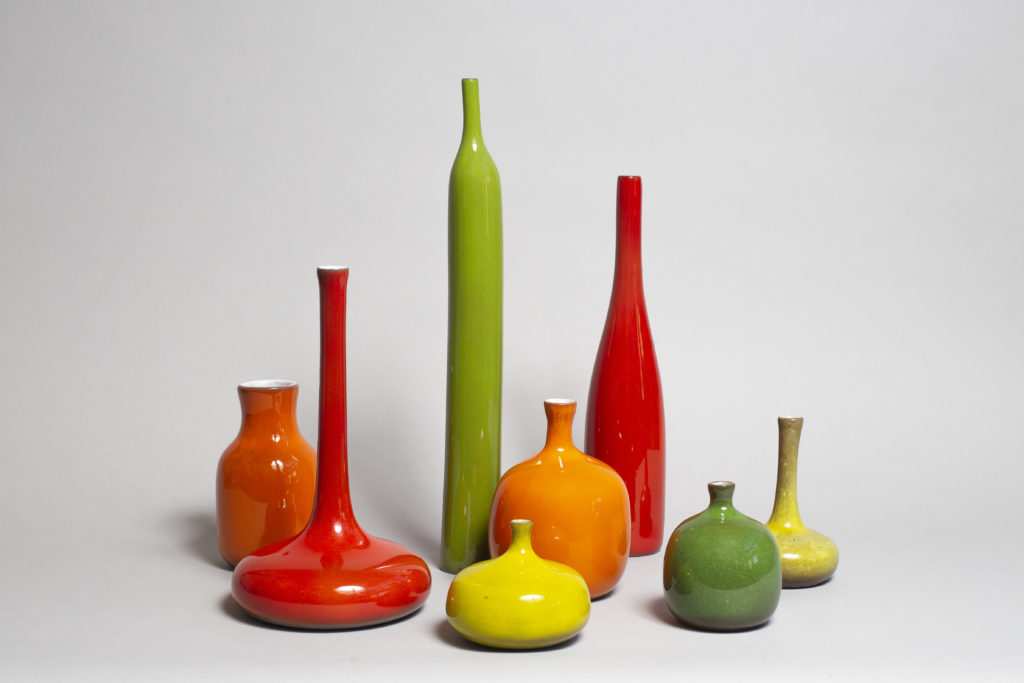
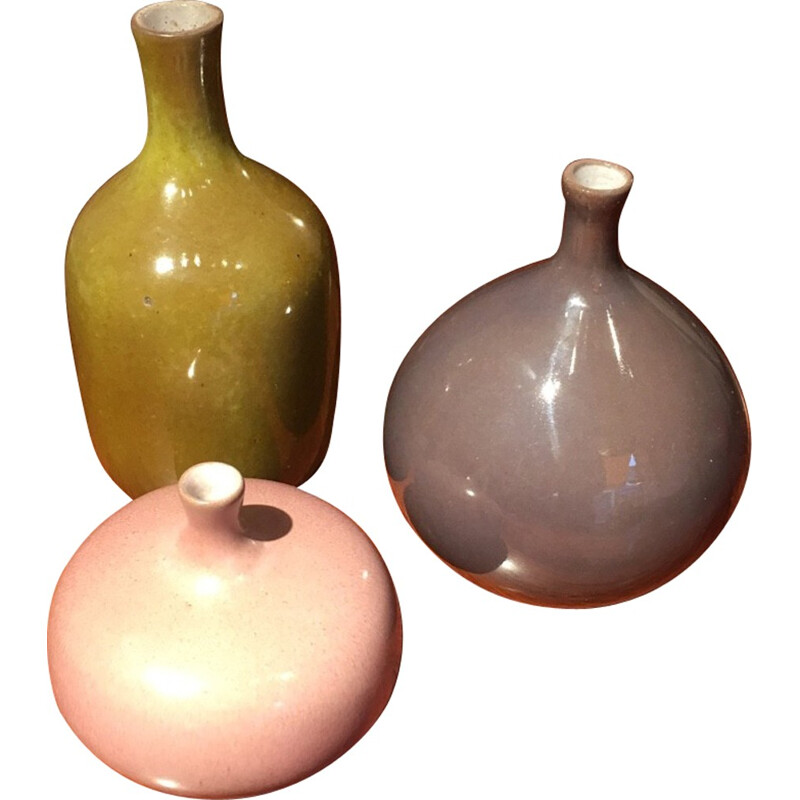
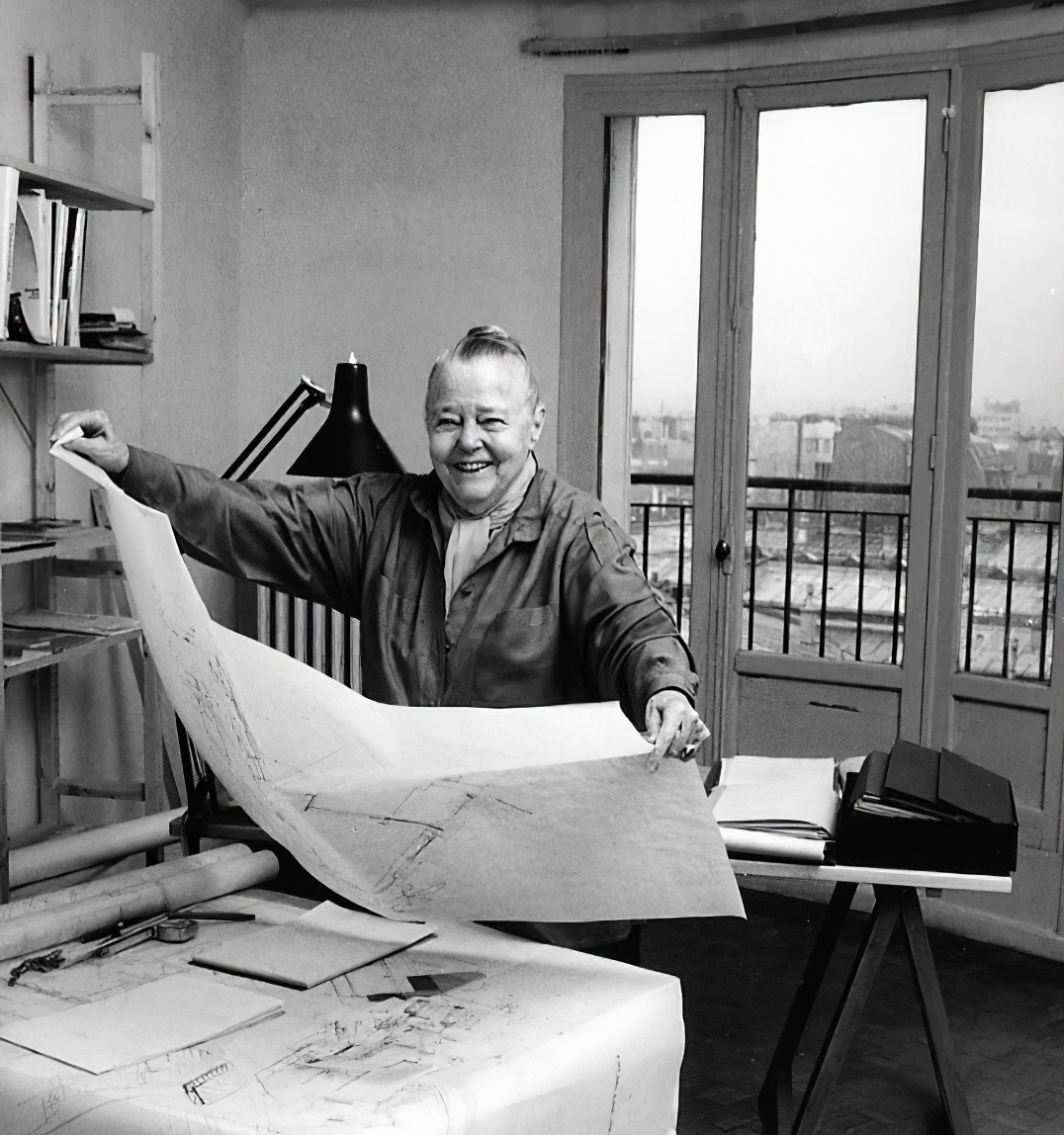
Charlotte Perriand was a French architect and designer. Her work aimed to create functional living spaces in the belief that better design helps in creating a better society. In her article "L'Art de Vivre" from 1981 she states "The extension of the art of dwelling is the art of living — living in harmony with man's deepest drives and with his adopted or fabricated environment." Charlotte liked to take her time in a space before starting the design process.
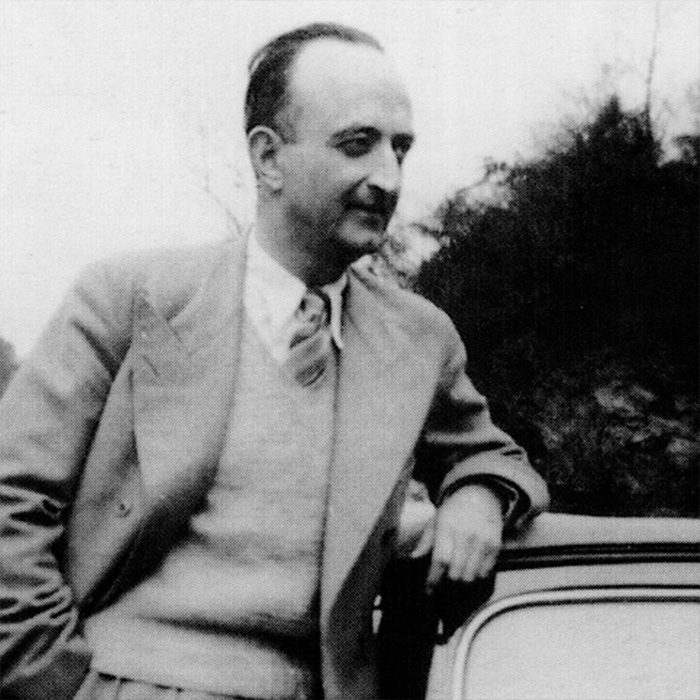
Jean Royère was a French designer.
A key figure of the avant-garde in the 1950s, Royère tackled all kinds of decoration work and opened branches in the Near East and Latin America. Among his patrons were King Farouk, King Hussein of Jordan, and the Shah of Iran, who were captivated by his freedom of creation and his elegance and entrusted him with the layout of their palaces. Royère pioneered an original style combining bright colors, organic forms and precious materials within a wide range of imaginative accomplishments. In 1980, he left France for the United States, where he lived until his death.

Charlotte Perriand was a French architect and designer. Her work aimed to create functional living spaces in the belief that better design helps in creating a better society. In her article "L'Art de Vivre" from 1981 she states "The extension of the art of dwelling is the art of living — living in harmony with man's deepest drives and with his adopted or fabricated environment." Charlotte liked to take her time in a space before starting the design process.

Charlotte Perriand was a French architect and designer. Her work aimed to create functional living spaces in the belief that better design helps in creating a better society. In her article "L'Art de Vivre" from 1981 she states "The extension of the art of dwelling is the art of living — living in harmony with man's deepest drives and with his adopted or fabricated environment." Charlotte liked to take her time in a space before starting the design process.
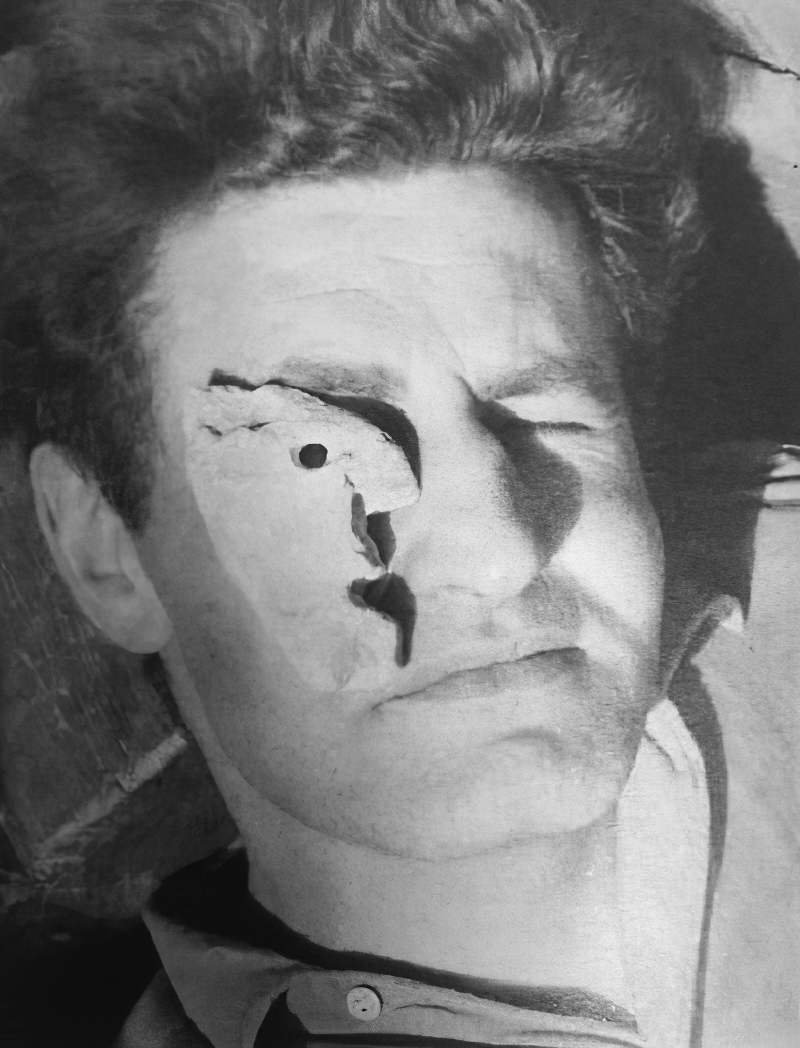
André Borderie is a French artist and sculptor.
Classically trained as a technician and working as a civil servant in the telecommunications sector, André Bordari met the poster artist Paul Colin in 1942, who encouraged him to take up painting.
A fateful meeting with the Austrian sculptors Vera and Pierre Sekely in 1946 led Bordari to the decision to devote himself entirely to art.
André Borderi is known for his paintings, tapestries and ceramics.
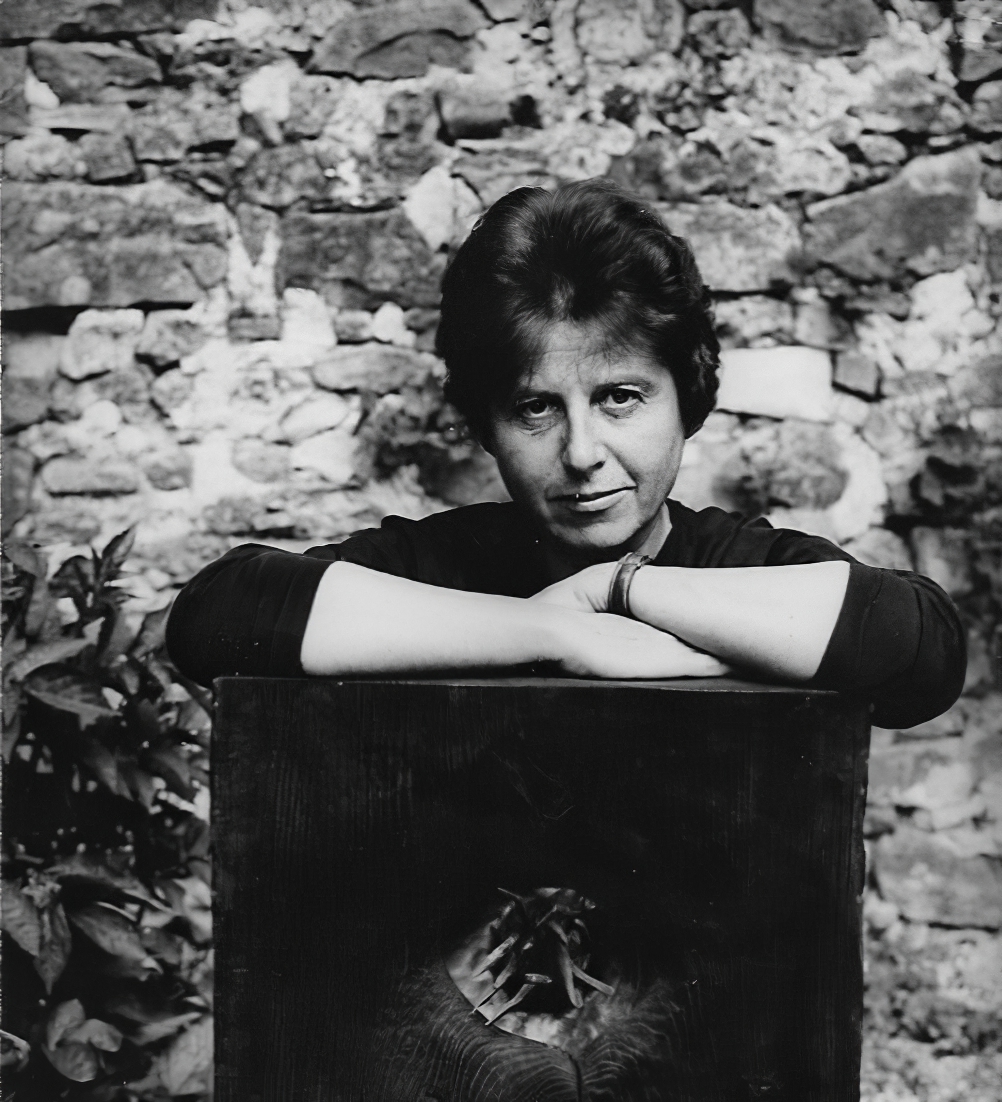
Vera Harsányi, or Vera Szekely was a Hungarian freestyle swimmer who competed in the 1936 Summer Olympics, and then an artist.
In 1947 she participated in the exhibition of Hungarian artists in Paris at the Galerie de Bussy. Later she presents her achievements in solo exhibitions in Paris, several times, but also in Orléans, Amiens, Nice, The Hague, Lund, Amsterdam, Budapest.
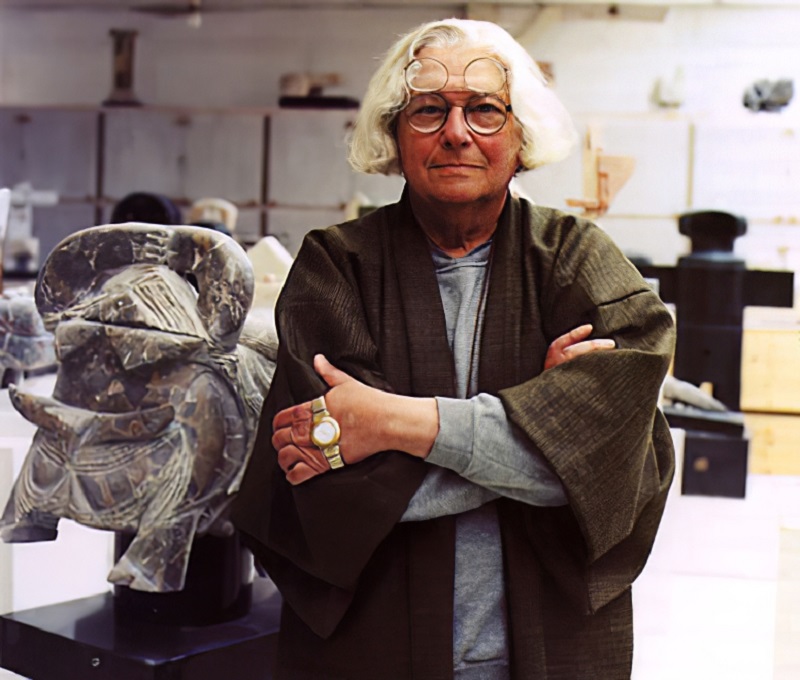
Pierre Szekely was a Hungarian sculptor, architect and educator. In the 1940s, after surviving the holocaust, Szekely became a resident of France, and eventually became an avante garde architect and international lecturer of art philosophy.
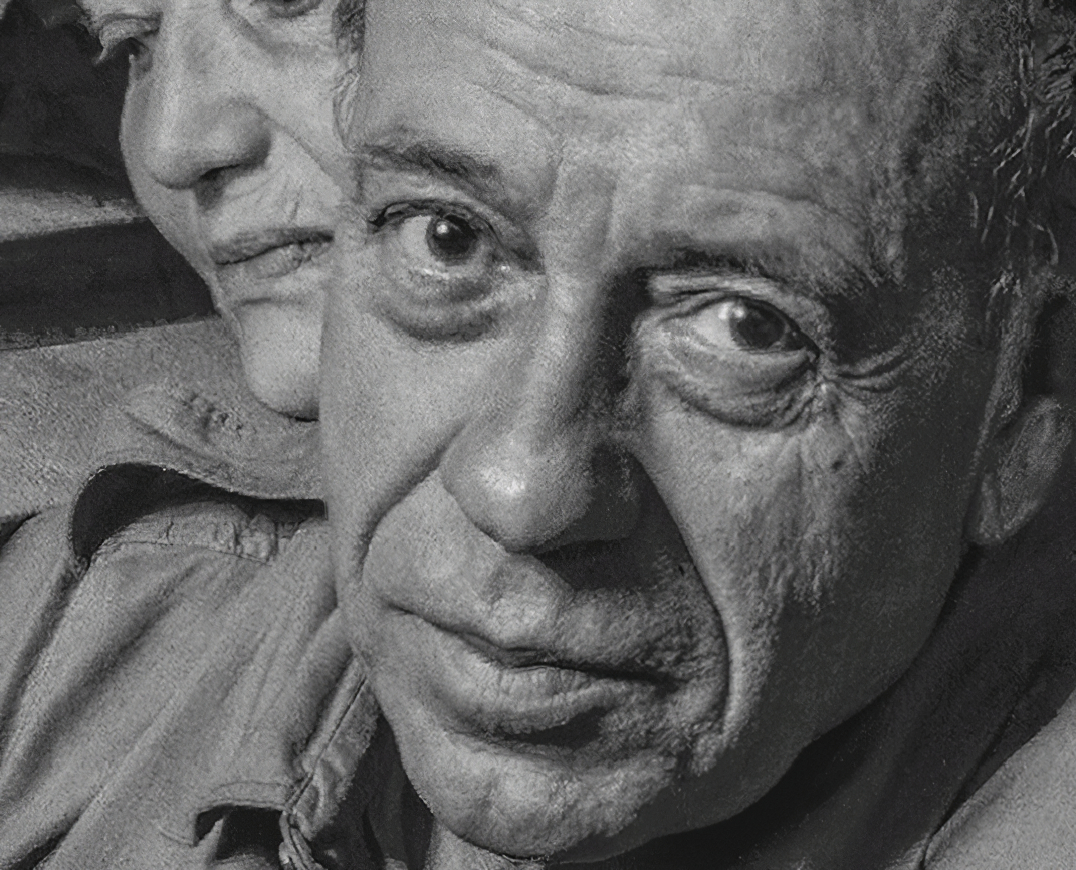
François-Xavier Lalanne was a French painter and sculptor. He studied sculpture, drawing and painting at the Académie Julian. Since the 1960s he has worked as a couple with his wife Claude Lalanne.
